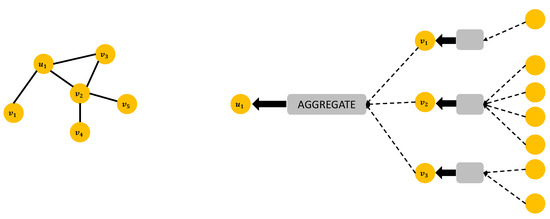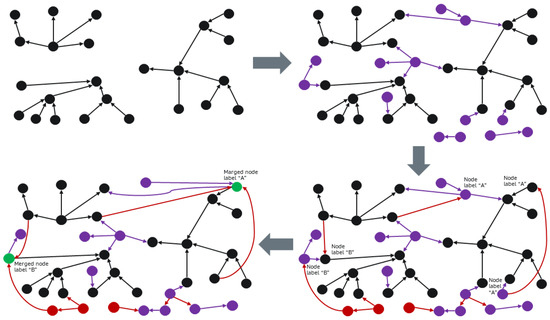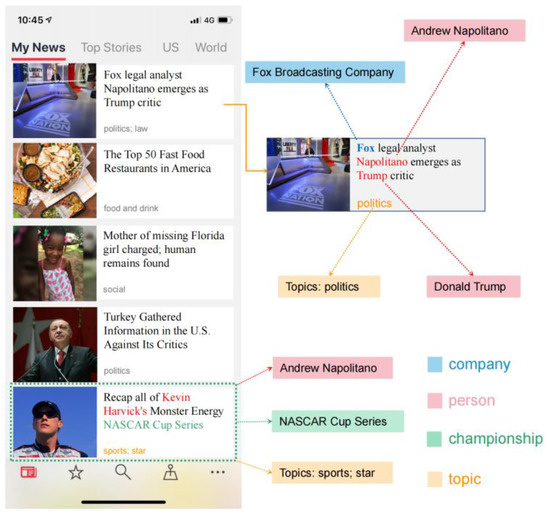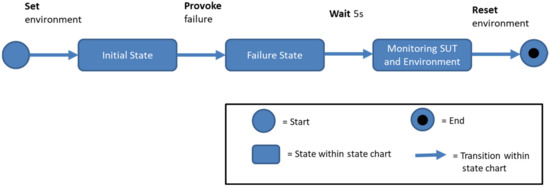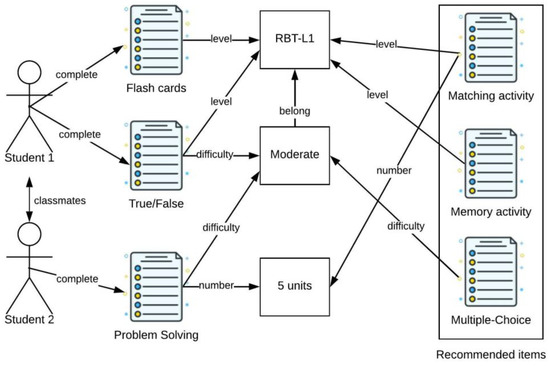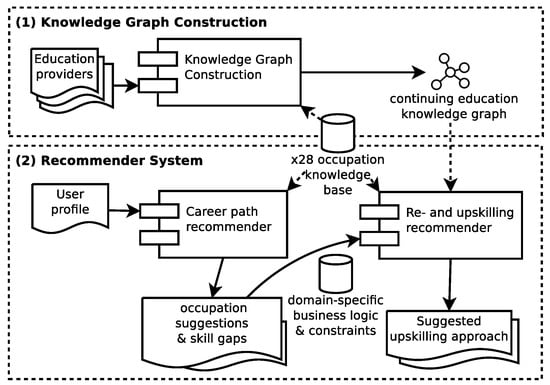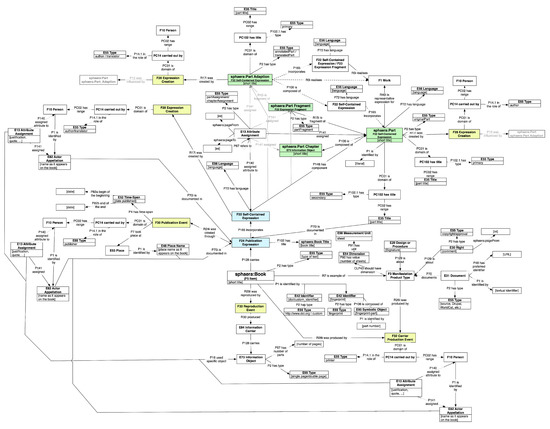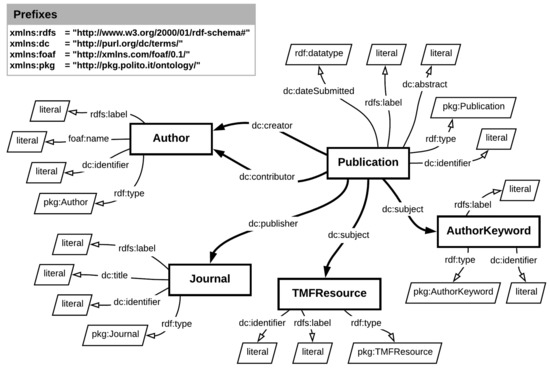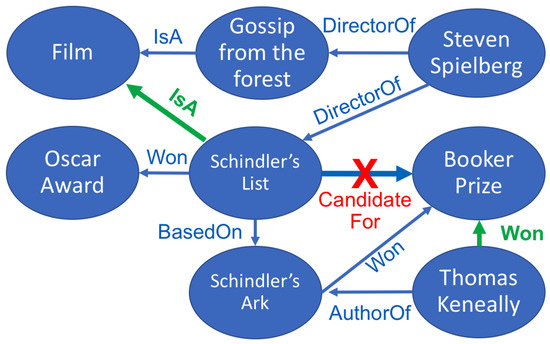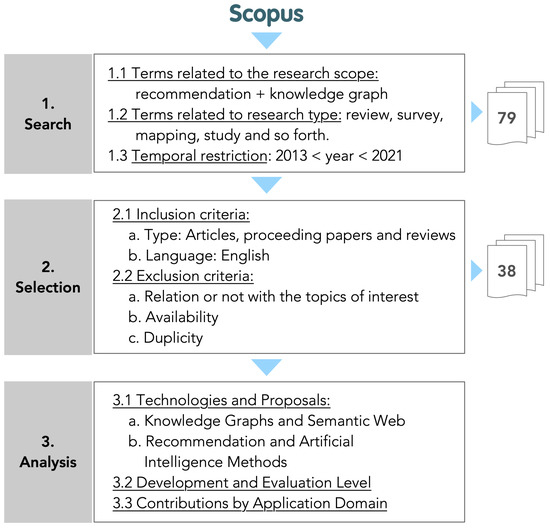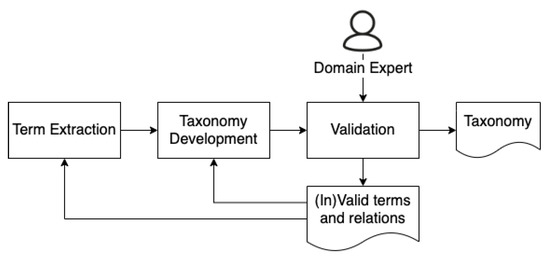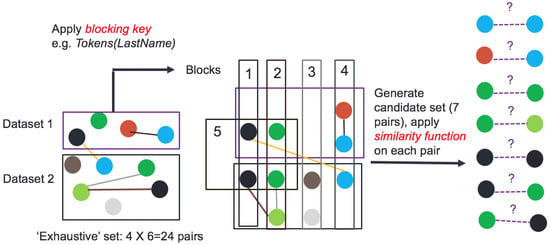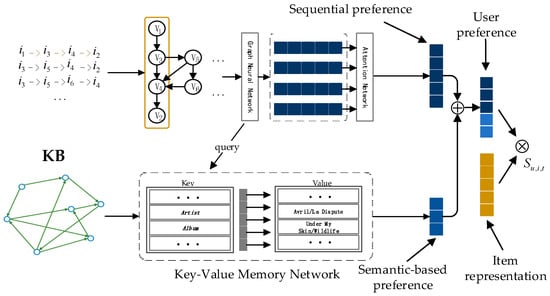Knowledge Graphs for Search and Recommendation
A topical collection in Information (ISSN 2078-2489). This collection belongs to the section "Artificial Intelligence".
Viewed by 103668Editors
Interests: natural language processing; entity linking; information retrieval; recommender systems
Topical Collection Information
Dear Colleagues,
The MDPI Information journal invites submissions to a Topical Collection on “Knowledge Graphs for Search and Recommendation”.
The availability of large publicly available knowledge graph resources, such as Freebase, DBpedia, Wikidata, Yago, and Babelnet, has fostered new research directions, tasks, and application, in search and recommendation systems. Knowledge graphs are at the forefront of applications that try to bridge the semantic gap between structured and unstructured information in order to open new possibilities to represent, visualize, query, interact, and in general, make sense of information.
More recently, search and recommendation systems have benefited from developments in deep learning and graph embeddings, which have inspired new approaches to semantic matching, feature extraction, cold-start and long-tail problems, algorithm transparency and interpretability, entity, facet, and exploratory search.
This Topical Collection welcomes submissions that provide new perspectives, introduce new challenges and tasks, as well as overview articles on the use of knowledge graphs in information retrieval and recommendation systems.
Dr. Pierpaolo Basile
Dr. Annalina Caputo
Collection Editors
Manuscript Submission Information
Manuscripts should be submitted online at www.mdpi.com by registering and logging in to this website. Once you are registered, click here to go to the submission form. Manuscripts can be submitted until the deadline. All submissions that pass pre-check are peer-reviewed. Accepted papers will be published continuously in the journal (as soon as accepted) and will be listed together on the collection website. Research articles, review articles as well as short communications are invited. For planned papers, a title and short abstract (about 100 words) can be sent to the Editorial Office for announcement on this website.
Submitted manuscripts should not have been published previously, nor be under consideration for publication elsewhere (except conference proceedings papers). All manuscripts are thoroughly refereed through a single-blind peer-review process. A guide for authors and other relevant information for submission of manuscripts is available on the Instructions for Authors page. Information is an international peer-reviewed open access monthly journal published by MDPI.
Please visit the Instructions for Authors page before submitting a manuscript. The Article Processing Charge (APC) for publication in this open access journal is 1600 CHF (Swiss Francs). Submitted papers should be well formatted and use good English. Authors may use MDPI's English editing service prior to publication or during author revisions.
Keywords
- Knowledge graph representation and acquisition for search and recommendation
- Knowledge graph embeddings for search and recommendation
- Entity linking for search and recommendation
- Knowledge graph-based query expansion
- Knowledge graph-based information extraction
- Question answering over knowledge graphs
- Facet and exploratory search through knowledge graphs
- Result diversification through knowledge graphs
- Conversational systems based on knowledge graphs
- Knowledge graphs for recommendation explanation and transparency
- Entity and expert retrieval
- Application of knowledge graphs to retrieval and recommendation on specific domains: cultural heritage and digital humanities, medical, legal, etc.







